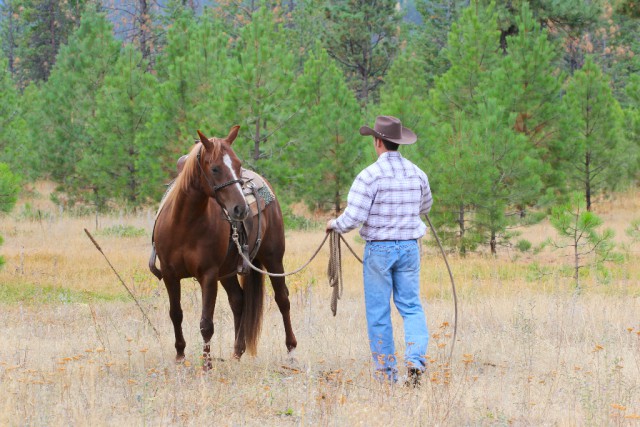Teaching Your Horse to Respond to Light Pressure

Training your horse to respond to light pressure is a fundamental skill that enhances communication, safety, and performance. This article will guide you through effective techniques, benefits, and common challenges, ensuring a positive experience for both you and your horse.
Why Teach Your Horse to Respond to Light Pressure?

- Improved Communication: Light pressure cues are subtle and clear, allowing for better understanding between horse and rider.
- Increased Safety: Horses that respond promptly to gentle signals are less likely to panic or react unpredictably.
- Enhanced Performance: Light pressure aids in refining movements and responsiveness during riding or groundwork.
Understanding Pressure and Release
Pressure and release is a core principle in horse training. It involves applying gentle pressure and immediately releasing it when the horse responds correctly. This teaches the horse to associate the release with the desired behavior.
| Step | Description |
|---|---|
| 1 | Apply light pressure using your hand, leg, or rein |
| 2 | Wait for the horse to respond (e.g., move away, soften) |
| 3 | Release pressure immediately upon correct response |
| 4 | Reward the horse with praise or a gentle pat |
Techniques to Teach Light Pressure Response
1. Groundwork Exercises
- Use a lead rope to apply gentle pressure and encourage the horse to move forward, backward, or sideways.
- Practice yielding to pressure on different parts of the body.
2. Riding Cues
- Apply light leg pressure to ask for movement or direction changes.
- Use rein pressure subtly to guide the horse’s head and neck.
3. Consistency and Timing
- Be consistent with your cues to avoid confusing the horse.
- Apply and release pressure promptly to reinforce learning.
Common Challenges and Solutions
| Challenge | Solution |
|---|---|
| Horse ignores pressure | Increase pressure slightly, then release quickly upon response |
| Horse becomes resistant | Check for discomfort or pain; adjust training pace |
| Inconsistent responses | Ensure consistent cues and timing; seek professional help if needed |
Frequently Asked Questions (FAQ)
Q1: How long does it take for a horse to learn light pressure cues?
A: It varies by horse, but with consistent training, many horses begin responding within a few sessions.
Q2: Can light pressure training be used with all horses?
A: Yes, it is a gentle and effective method suitable for horses of all ages and disciplines.
Q3: What if my horse reacts negatively to pressure?
A: Assess the cause, reduce pressure, and proceed slowly. Patience and positive reinforcement are key.
Teaching your horse to respond to light pressure builds trust and improves your partnership. With patience and consistent practice, you can achieve clear communication and a more enjoyable riding experience.
